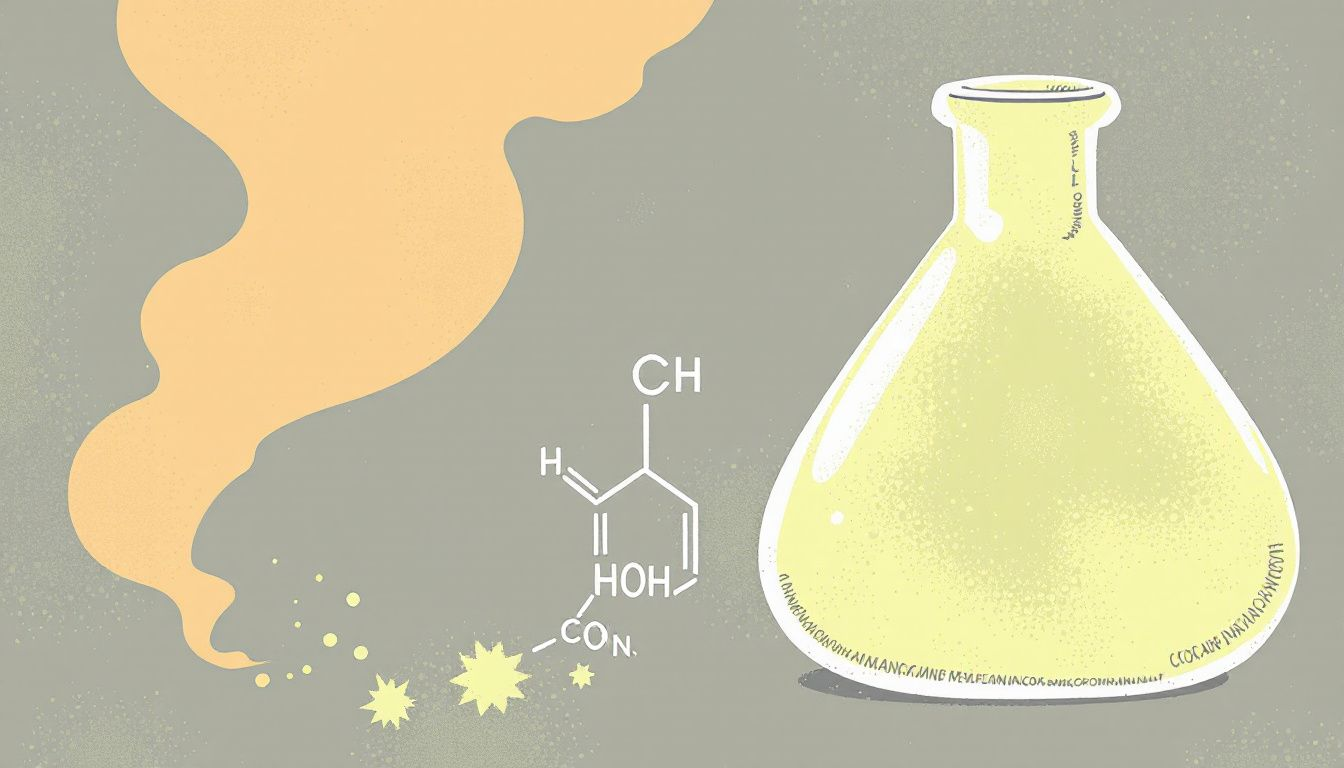Understanding the Cocaine Half Life: How Long Does It Stay in Your System?
Cocaine has a half-life of approximately 1.5 hours, meaning it takes this time for half of the drug to leave your system. On average, it takes four to five cocaine half-lives for the drug to be fully cleared from your body. In this article, we’ll discuss how cocaine is metabolized, its detection times in various tests, and the factors that influence its Cocaine half life.
Key Takeaways
Cocaine has a half-life of approximately 1.5 hours in plasma, with variations depending on the biological medium, impacting its detectability in drug tests.
Metabolized primarily in the liver, cocaine is broken down into various detectable metabolites, with benzoylecgonine being a key marker used in urine tests, detectable for 48-96 hours.
Chronic use, method of consumption, and the presence of substances like alcohol can significantly influence cocaine metabolism and detection times, enhancing the risks associated with its use.
What is the Half Life of Cocaine?

The half-life of a drug represents the time needed for its concentration in the plasma to drop by half. For cocaine, this is about 1.5 hours. This short duration explains why its euphoric effects are brief, often leading users to take more frequently.
Cocaine’s half-life changes with the biological medium: around 1.2 hours in saliva, about 4.1 hours in urine, and one to one and a half months in hair. This prolonged presence in hair makes it ideal for long-term cocaine stay in your system drug testing.
The body usually needs four to five half-lives to clear cocaine. Therefore, the duration cocaine stays in the system can vary greatly with individual metabolism and other factors. Knowing these half-lives aids in understanding its detectability in drug tests.
How Cocaine is Metabolized
Cocaine is mainly metabolized in the liver by enzymes like plasma butyrylcholinesterase (BChE). This process converts cocaine into various detectable metabolites.
Metabolites like benzoylecgonine form during cocaine metabolism and cocaine metabolites are excreted through urine, serving as key markers in drug tests. The efficiency of this process varies among individuals due to genetic makeup and health.
Metabolites like ecgonine methyl ester remain detectable longer than cocaine itself, which is why drug tests often target these metabolites to detect cocaine metabolites. Knowing cocaine metabolism aids in understanding its detection duration and influencing factors.
Drug Tests and Cocaine Detection Times
Drug tests have different detection windows for cocaine and its metabolites. A drug test using urine drug tests, the most common method, typically detects use within three days and is preferred for their non-invasive nature and ease of use.
Saliva tests can detect cocaine use within minutes and are effective for 2-3 days, often used in roadside testing. Hair follicle tests can detect use for up to 90 days or more, depending on hair length, making them a strong tool for identifying long-term abuse.
Blood tests can detect cocaine for a few hours to two days. Benzoylecgonine, cocaine’s major metabolite, is detectable in urine for 48-96 hours and in blood for about 48 hours. Saliva tests can detect benzoylecgonine for 1-2 days, making it a reliable marker due to its higher concentration in urine.
Factors Influencing Cocaine’s Half Life

Several factors influence cocaine’s half-life, including its binding to plasma proteins, which affects serum concentrations. Chronic exposure can lead to physiological changes, impacting how the body processes the drug.
Individual metabolism, frequency of use, and dosage are key factors in how long cocaine stays in your system. Frequent use and higher dosages can extend how long does cocaine stay detectable.
Alcohol consumption significantly affects cocaine metabolism. Together, they form cocaethylene, a compound with a longer half-life than cocaine alone, increasing the risk of prolonged exposure to metabolites. This highlights the need to consider other substances when evaluating cocaine’s half-life.
The Impact of Different Methods of Use
The method of cocaine use affects how quickly it reaches the bloodstream and its overall effects. Smoking results in the fastest peak effect, typically within 1 to 3 minutes, due to the high bioavailability, which can exceed 90%.
Injecting cocaine produces a faster, more intense high, though short-lived. Snorting results in slower absorption due to cocaine’s vasoconstrictive properties, leading to a prolonged effect.
Oral consumption, though less common, leads to longer-lasting effects compared to smoking. Each method affects the drug’s immediate impact and influences its metabolism and detection times.
Cocaine and Alcohol Interaction
Mixing cocaine with alcohol is dangerous. Cocaethylene, a metabolite formed when both are used together, has a longer half-life than cocaine alone, increasing the risk of adverse effects and complicating detoxification.
Alcohol alters cocaine’s pharmacokinetics, boosting the concentration of active metabolites like cocaethylene, which can lead to potentially fatal consequences. This emphasizes the severe risks of combining these substances.
Understanding cocaine and alcohol interaction is crucial for users and healthcare providers, highlighting the need for awareness and caution in drug abuse and substance abuse.
Long-Term Effects of Cocaine Use
Chronic cocaine use can lead to prolonged retention of the drug and its metabolites, causing significant physical health issues such as cocaine’s effects:
nasal damage
abscesses
scars
collapsed veins
lung infections
breathing difficulties
Long-term use also affects mental health, leading to increased paranoia, delusions, relationship loss, mood swings, and risky behaviors. These adverse effects underscore the need for professional intervention and support.
The long-term impact on physical and psychological well-being necessitates awareness and proactive measures to address addiction and prevent further harm.
Treatment Options for Cocaine Addiction
Seeking professional treatment is the first step towards recovery. Options include detox programs, behavioral therapies, and inpatient rehab lasting 30 to 90 days, providing a structured environment to overcome addiction.
Support groups like Narcotics Anonymous and Cocaine Anonymous are vital in ongoing recovery, offering community and shared experiences. Combining expert care with support systems amplifies recovery efforts.
Knowing the available treatment options is crucial for those struggling with cocaine addiction treatment, providing a roadmap for overcoming addiction and achieving long-term sobriety.
Summary
Summarizing the key points discussed, we explored the half-life of cocaine, its metabolism, detection methods, factors influencing its half-life, and the impact of different methods of use. We also examined the interaction between cocaine and alcohol and the long-term effects of cocaine use.
Awareness and understanding of these aspects are vital for users and healthcare providers. Recognizing the importance of professional treatment and support systems is crucial for those seeking recovery from cocaine addiction.

FAQ's
Cocaine has a plasma half-life of approximately 1.5 hours. This means it is metabolized relatively quickly in the body.
Cocaine can typically be detected in urine for up to three days, with its major metabolite, benzoylecgonine, potentially detectable for 48 to 96 hours after use.
Cocaine’s duration in your system is influenced by individual metabolism, frequency and dosage of use, and the presence of other substances such as alcohol. Understanding these factors can help manage expectations regarding detection times.
Mixing cocaine and alcohol results in the formation of cocaethylene, a substance that remains in the body longer and amplifies health risks, including increased toxicity and potential for heart issues. This combination can significantly heighten the dangers compared to using either substance alone.
Long-term cocaine use can result in serious physical health issues such as nasal damage and collapsed veins, alongside mental health complications like paranoia and mood swings. It’s crucial to recognize these potential consequences for better prevention and intervention strategies.









